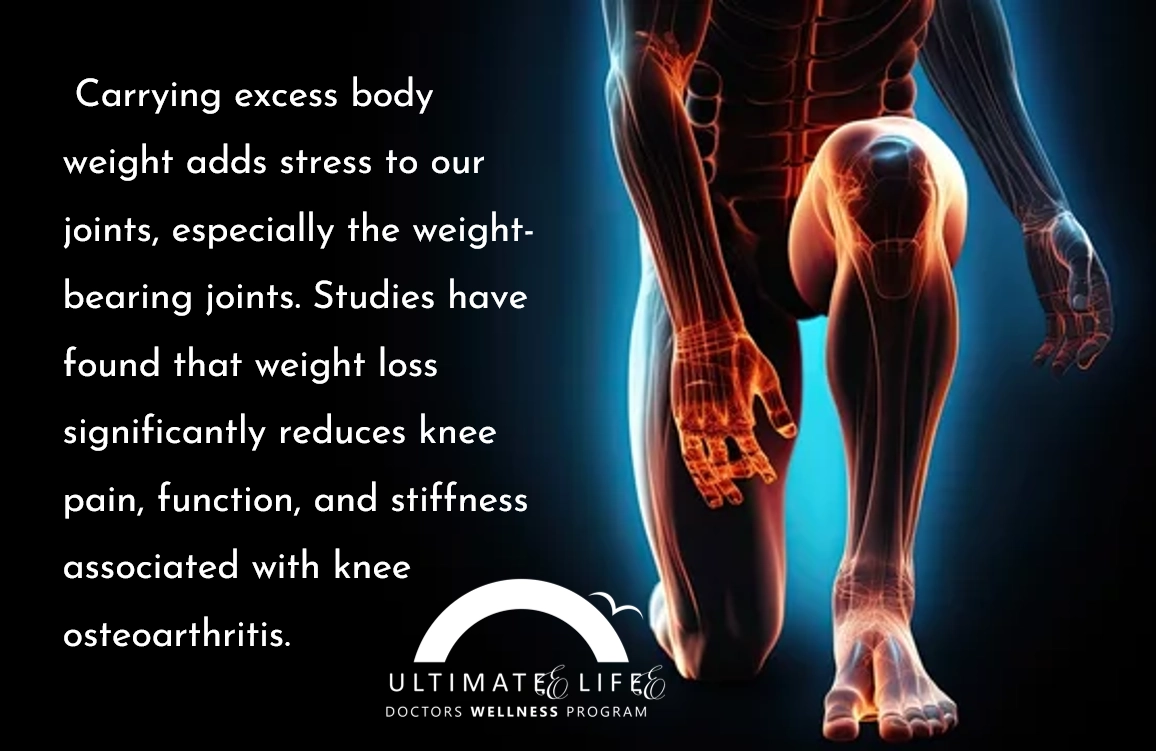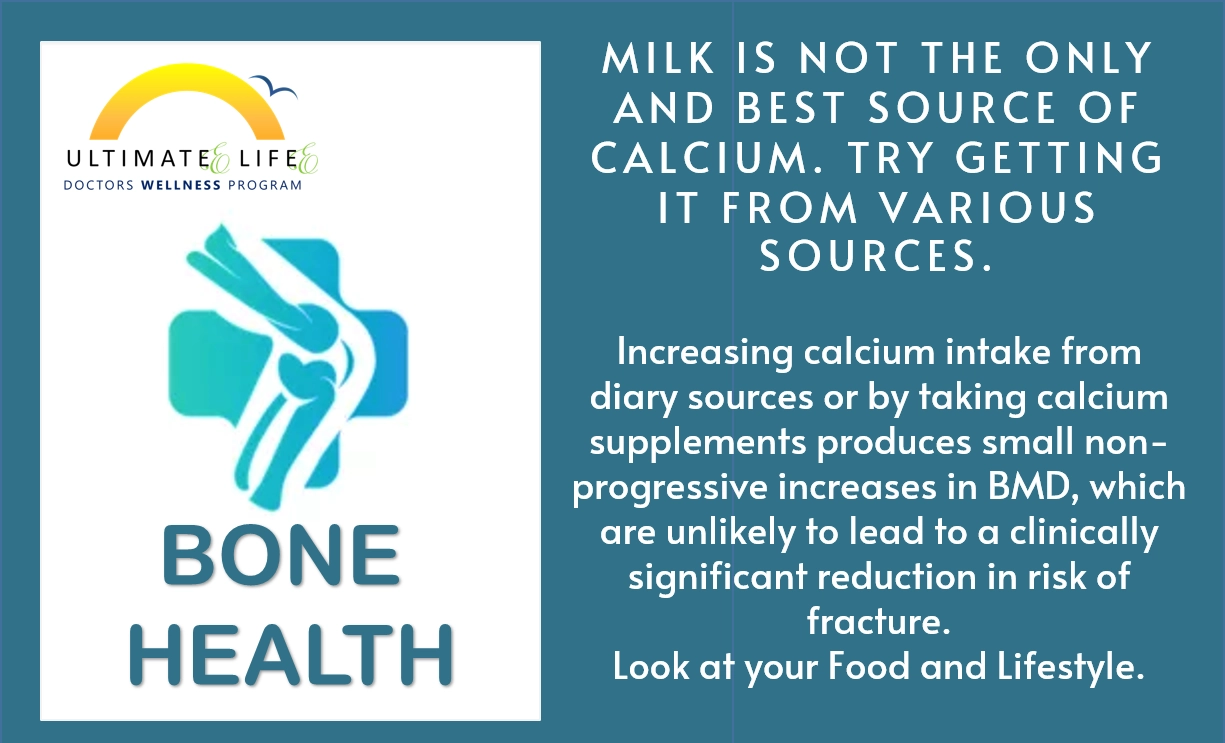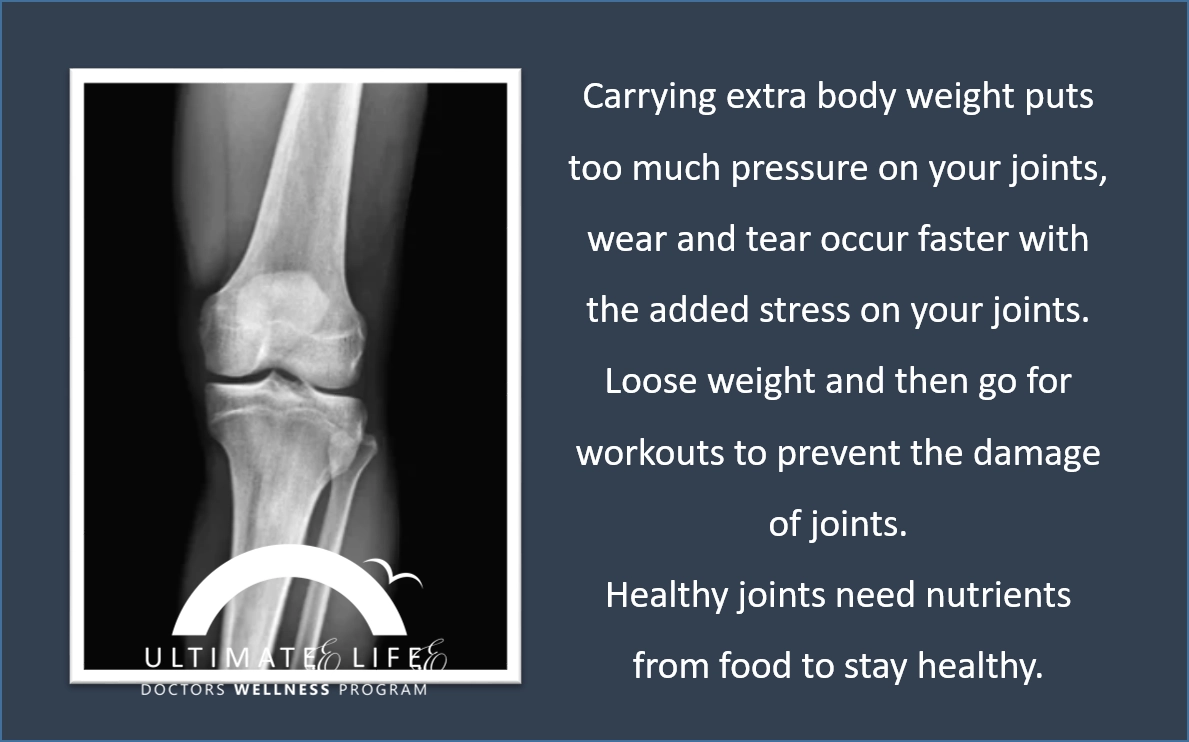Joint Health

Joint Health
Joint health is important to lead an active lifestyle. Healthy joints keep you active and you have a more fulfilling life.
Consider those having joint problems and are unable to move. They cannot move out, it is hard for them to go shopping, cannot travel on vacations to explore new places and cannot visit friends and relatives.
Joint pain and stiffness can make it difficult to move about and exercise.
Chronic inflammation in the joints can damage cartilage, bones, tendons (which attach muscle to bones), or ligaments (which hold joints together); irritate nerves; and produce a long list of symptoms, including pain, swelling, and stiffness. The joint damage may be progressive and irreversible.
Osteoarthritis is a degenerative joint disease and the most common type of arthritis. It happens over time when the cartilage or the cushion in between the bones, wears away. This results in shortening of joint space and the bones start rubbing each other. This make joints painful and stiff.
Rheumatoid arthritis (RA). RA occurs when the immune system attacks the lining of the joints, especially in the hands, wrists, and feet. RA may also affect the heart, lungs, and eyes.
Gout. Happens with build-up of uric acid crystals in the joints — especially in the big toe, and sometimes in the hands, wrists, or knees. The crystals activate a temporary inflammatory response that can become chronic.
Calcium pyrophosphate deposition disease (CPPD, or pseudogout). In CPPD, calcium crystals settle in the joints, especially the knee, wrist, shoulder, ankle, or elbow. Like the uric acid crystals in gout, the calcium crystals in CPPD prompt the body to respond with inflammation; over time, this may become chronic.
Psoriatic arthritis. About 30% of people with psoriasis (an autoimmune condition that causes raised patches of scaly skin) develop psoriatic arthritis, which can affect the knees, ankles, wrists, or fingers.
Viral arthritis is when you have pain, inflammation and swelling in one or more joints due to a viral infection. Joints typically become painful and swollen quickly, often over a few hours or days. It can last for weeks until the viral infection clears. E.g. after Dengue or Chickengunya.
People with arthritis believe they cannot move or will hurt themselves. They are more likely to engage in harmful sedentary habits such as sitting still for extended periods. Being immobile negatively affect one's body weight, mental state, blood sugar and heart health.
Prolonged use of pain killers cause liver damage and gastric issues. Use of steroids have a detrimental effect on one’s health.
Regardless of whether you already have osteoarthritis or osteoporosis, lifestyle changes can go a long way in improving your overall joint and bone health.
Managing healthy weight, being active and following a healthy diet not only help you avoid knee surgery but other complications that can arise from joint degeneration.
By making healthy changes now, you can make a difference to your health outcomes.
To maintain health and fight diseases, the body needs the right nutrients, at the right time, and in the right ratio.

JOINT DISEASE IN AYURVEDA
Ayurveda mostly discusses three joint related diseases such as Vatha raktha, Sandigatha vatha and Kostukashirsha. Others have been named according to the structural manifestation, dosha involvement, place of the symptoms, structural changes can be seen, relevant to its tissues that are mainly affected.
Ayurveda prognosis believes 2 different approach to joint problems -
- Improper digestion in the digestive tract leads to the formation of ama—a toxic, sticky substance immensely disruptive to physiology. Therefore, if the ama enters joint tissues then it creates all kinds of disturbances—from inflammation and swelling to deterioration of the joint tissue itself.
- Second scenario involves a disturbance in the process of tissue nutrition, which is a sequential process. It suggest degeneration of the joint and supportive tissues.

They are Sandigatha vatha (it is a vatha dosha category of condition that pain is the main feature of this, which mainly occurs in old age due to dhatukshaya or dryness of the tissues, which limits everyday activities such as walking, dressing, bathing making patient disabled), Vata raktha (swelling, dryness of the affected part with discoloration, itching, contraction are seen, predominantly in larger joints), Kostuka shirsha (pain and swelling in the knee joint), Avabahuka (pain with restriction in movements of the upper arm), Vatakantaka (pain at calcanium area), Grudrasi (pain along the hip joint and thigh that causes difficulty in walking, pain is the main symptom), Khalli (loss of function and paralysis, specifically affecting the leg), Urustambha (severe pain, loss of function and loss of temperature sense in the affected limb), Hanusthamba (mainly due to trauma, dislocation of tempero mandibular joints, loss of movement is seen), Asthimajjagata vatha (severe crushing pain in bones and joints, discolorations are possible, loss of muscular power and strength with gradual thining of the affected limb), Visvachee (loss of function of the hand due to the dryness of structures at wrist joint which cause pain that radiates from the proximal to distal hand), Amavatha (mainly affects bigger joints, appears symptoms of anorexis, vomiting, malaise, indigestion), Raktha vatha(cause due to vitiation of rakta dhatu, slightly similar to Vata rakta in its clinical presentation), Visha vatha (cause due to infections), Jara vatha (cause due to old age, this included to natural bony degeneration due to senility), Jirna vatha (manifest due to degenerative processes), Pada bransha (characterized by loss of function of the affected foot among the eighty types of vatha rogas), Vatha khuddatha (one among the eighty types of vata rogas), Gulpha graha (stiffness in the ankle joint is the predominant feature), Uru sara (severe pain, loss of function and loss of temperature sense in the affected limb), Janubheda (type of pain localized in the knee joint), Pangulya (person felt to limp a sign due to any causes, such as trauma, dosha), Thrika graha (stiffness at the macro iliac joints), Prushta graha (stiffness in the spine), Bahu shosha (wasting is the predominant sign in this condition, at the shoulder), Griva sthambha (Stiffness in the neck), Asthyavrutha vatha (Obstruction of vatha due to asthi dhatu causes penetrating pain, stabbing pain and lassitude), Kaphavrutha vatha (Vyana vatha is being obstructed by kapha dosha, pain felt at the small joints and the patient feels heaviness in the body)
How we can help?
We can help you identify what changes or support you need for your overall wellness.
Our approach involves a thorough assessment of your health status, lifestyle modifications, best dietary options for positive health outcomes and supportive herbs to address risk factors and to improve the joint health.
We’re here to Help You Find Answers and Feel Better.
Contact us today to schedule a consultation and learn more about how we can help you.